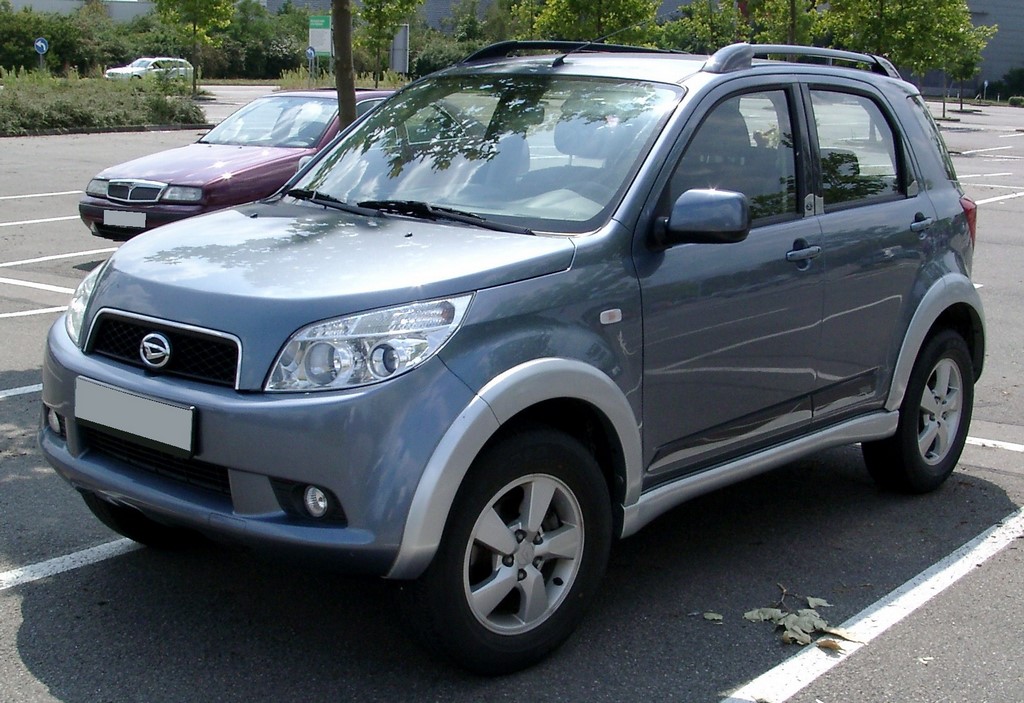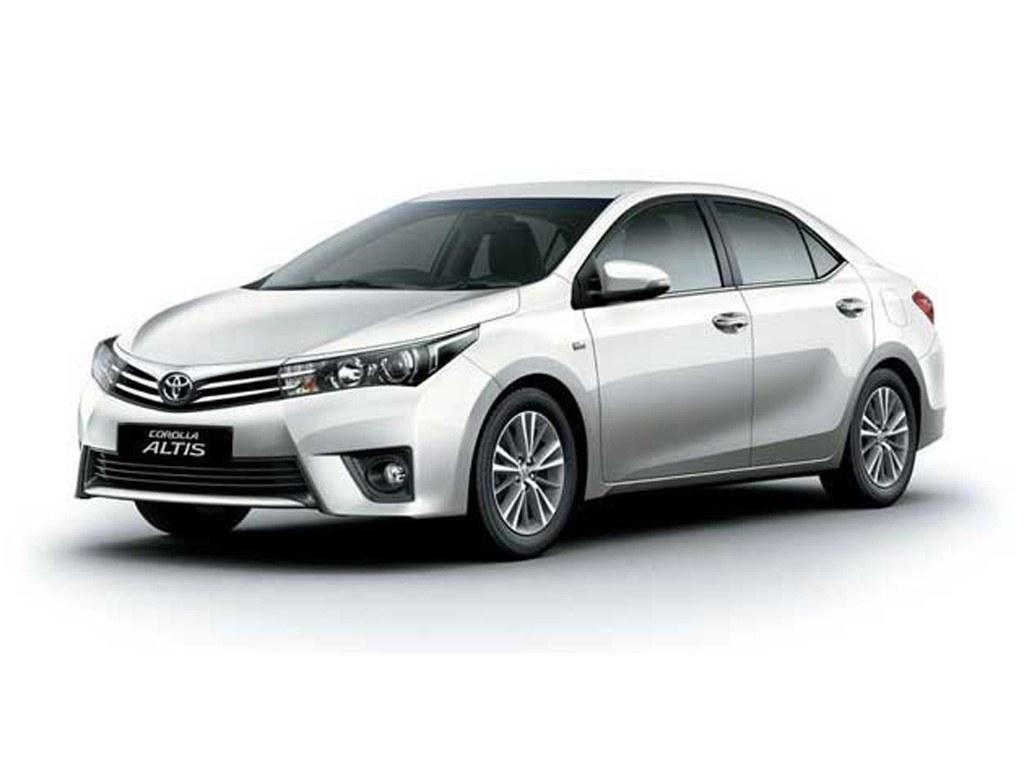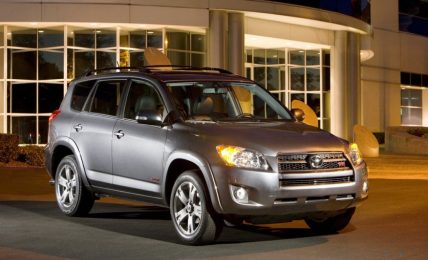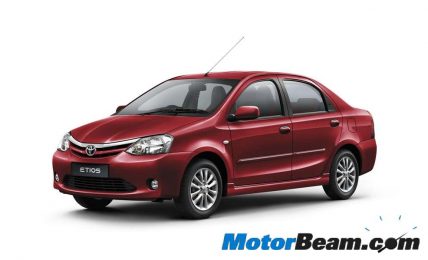Toyota India does not want to compromise on quality with its offerings in India and will be launching only premium cars in the future even in the smaller hatchback space.
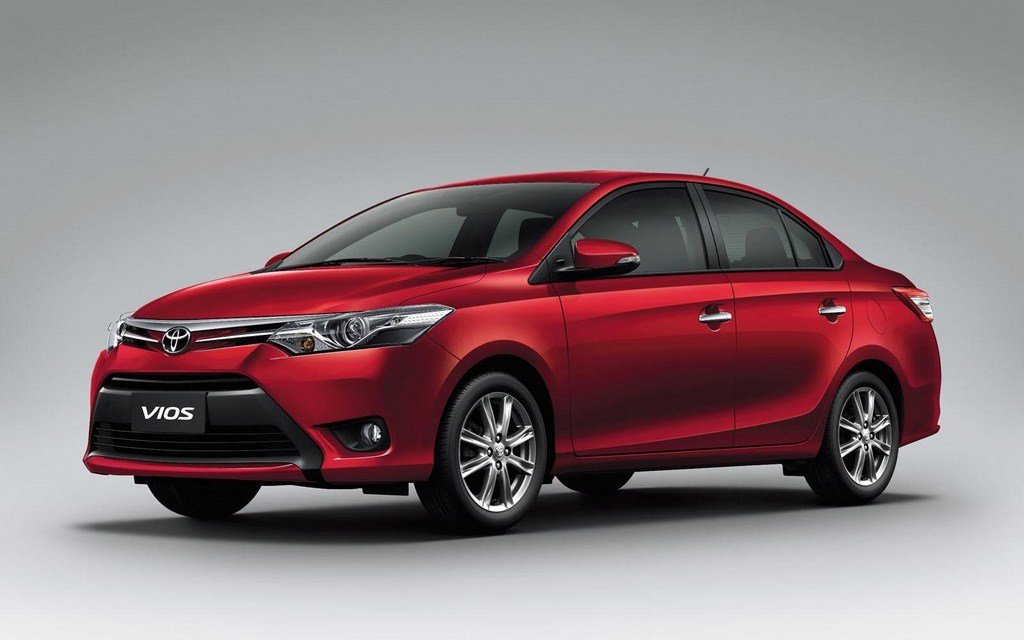
Despite a relatively long presence in the country, Toyota could not make a substantial mark in the Indian automotive sector when compared to rivals Suzuki and Hyundai that currently are the volume leaders. Even its attempt at making a no frills vehicle fell face first with sales for the Etios and Liva models not turning out as expected. Revamping its position in the country, Toyota India now plans to position itself as a premium manufacturer in the domestic market and will be offering products with better safety and quality, even if it has to be priced at a premium.
A move quite opposite to the industry flow, Toyota wants to retain its premium brand image in India and will focus on providing better safety features including airbags and ABS as standard on all variants of the Innova and Fortuner, it’s more popular models at present. Even in the sub Rs. 10 lakh space, the Japanese manufacturer conveyed that its future cars including hatchbacks will come equipped with advanced safety features, high fuel efficiency and lower CO2 emissions. While this does limit volumes for the automaker, it does show the brand’s future direction.
Keeping up with the strategy, Toyota India’s next major launch in the country is expected to be the Vios C-segment sedan that will take on the Honda City, Volkswagen Vento and the likes. A compact SUV is also said to be in the works which could be the Daihatsu Terios that has been time and again considered for the Indian market. Speaking off the budget brand, Daihatsu is the automaker’s more popular brand in the South East Asian market and the automaker’s new premium strategy could see Daihatsu enter the Indian market with products under the Rs. 5 lakh space.
The Daihatsu-Toyota relationship will be similar to the Datsun-Nissan positioning with the latter perceived as a premium brand. Introducing Daihatsu products in India have been long in the pipeline and will help Toyota address the market demand without denting its brand image. If the company chooses to completely rule out the entry-level car market, we will still see some premium products from Toyota coming to India but at the cost of volumes.
The no-frills entry-level car segment constitutes over 60 percent of the total car market and Toyota will be lagging excessively in volumes. The automaker is aiming to double its market share in India by 2020, suggesting to sell over 1 million vehicles over the next five years. By then, the Indian auto market is expected to sell 5 million cars annually, becoming the third largest auto market globally. With the competition getting aggressive, it will be interesting to see how does Toyota achieve the optimistic target.
